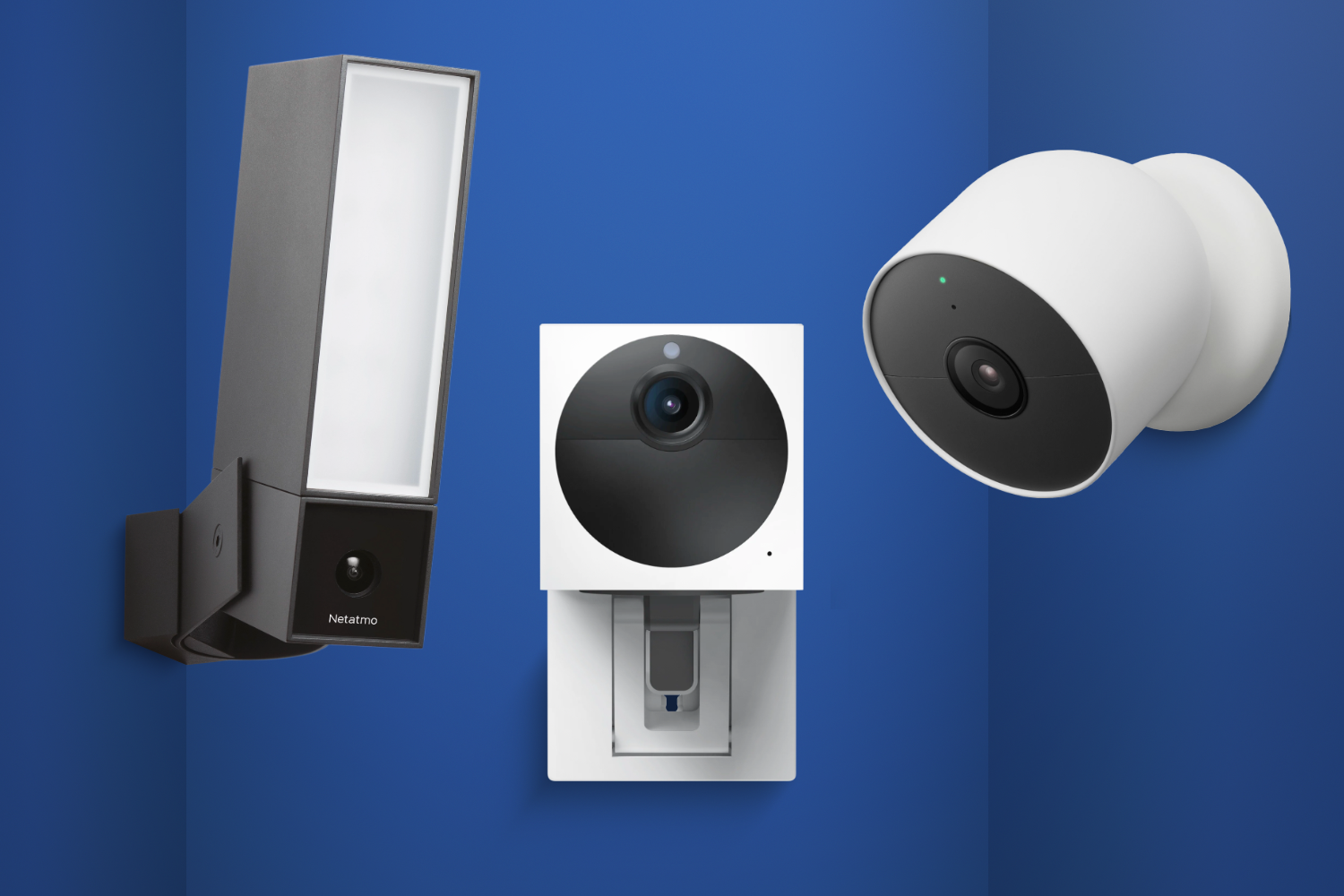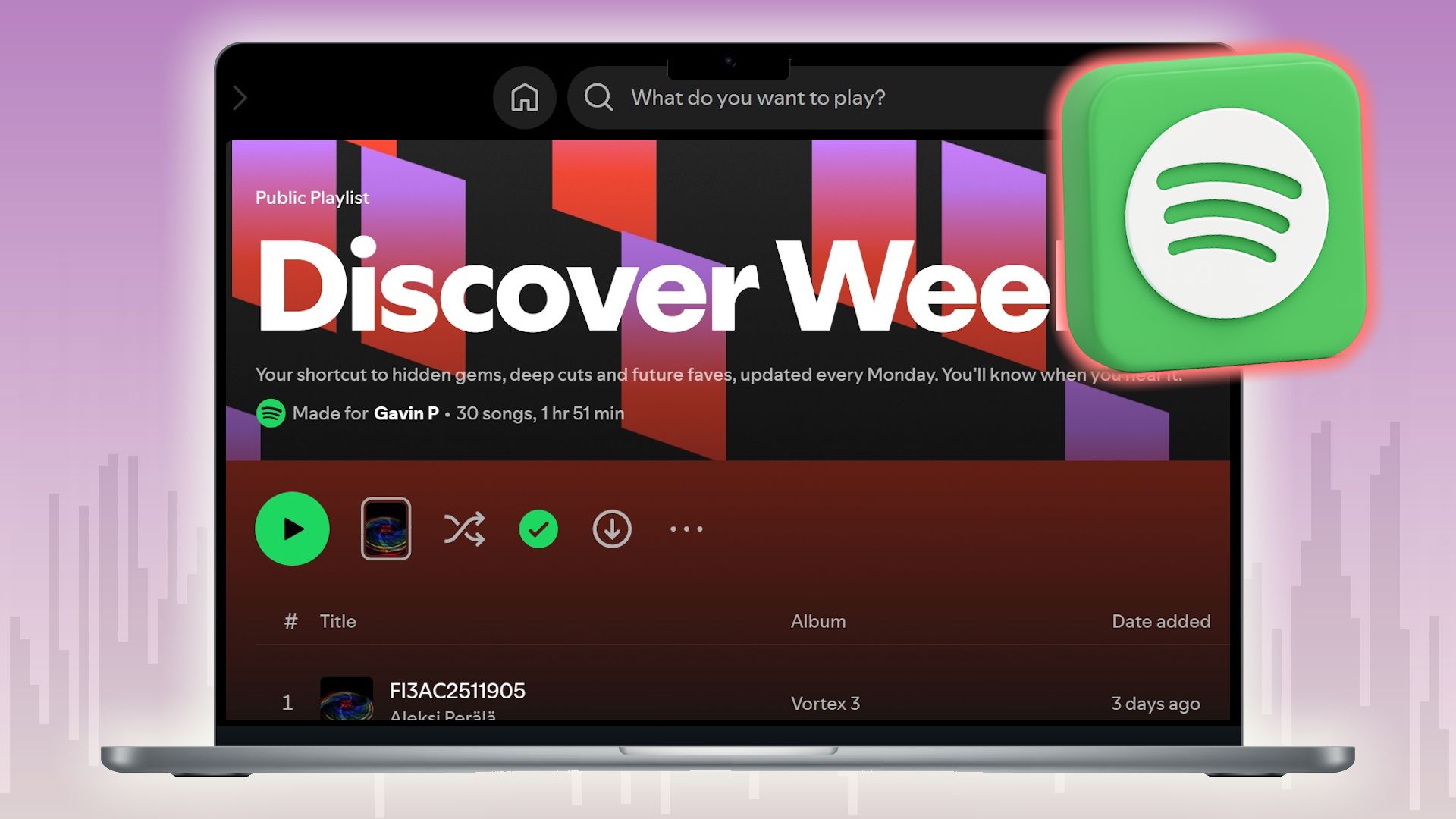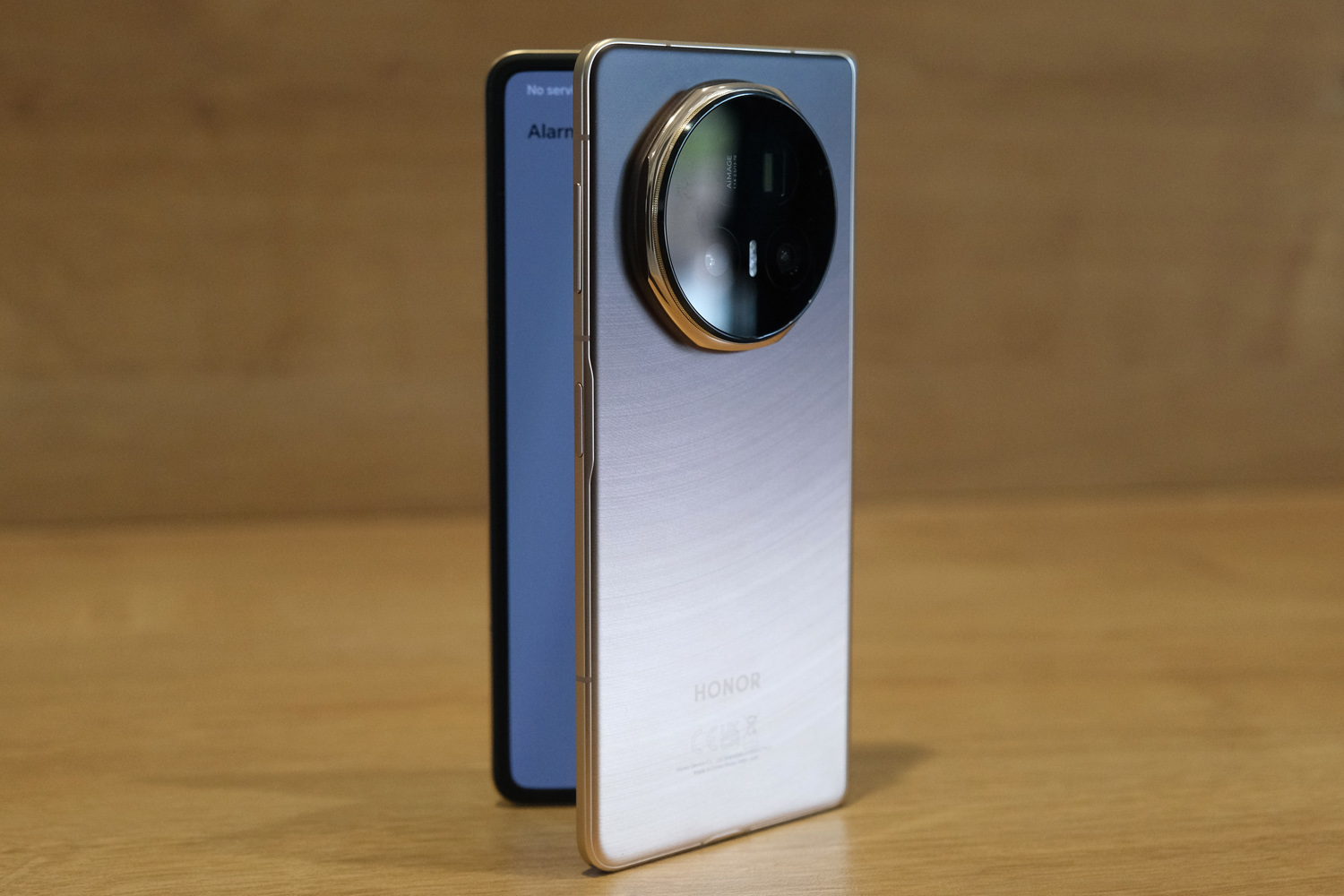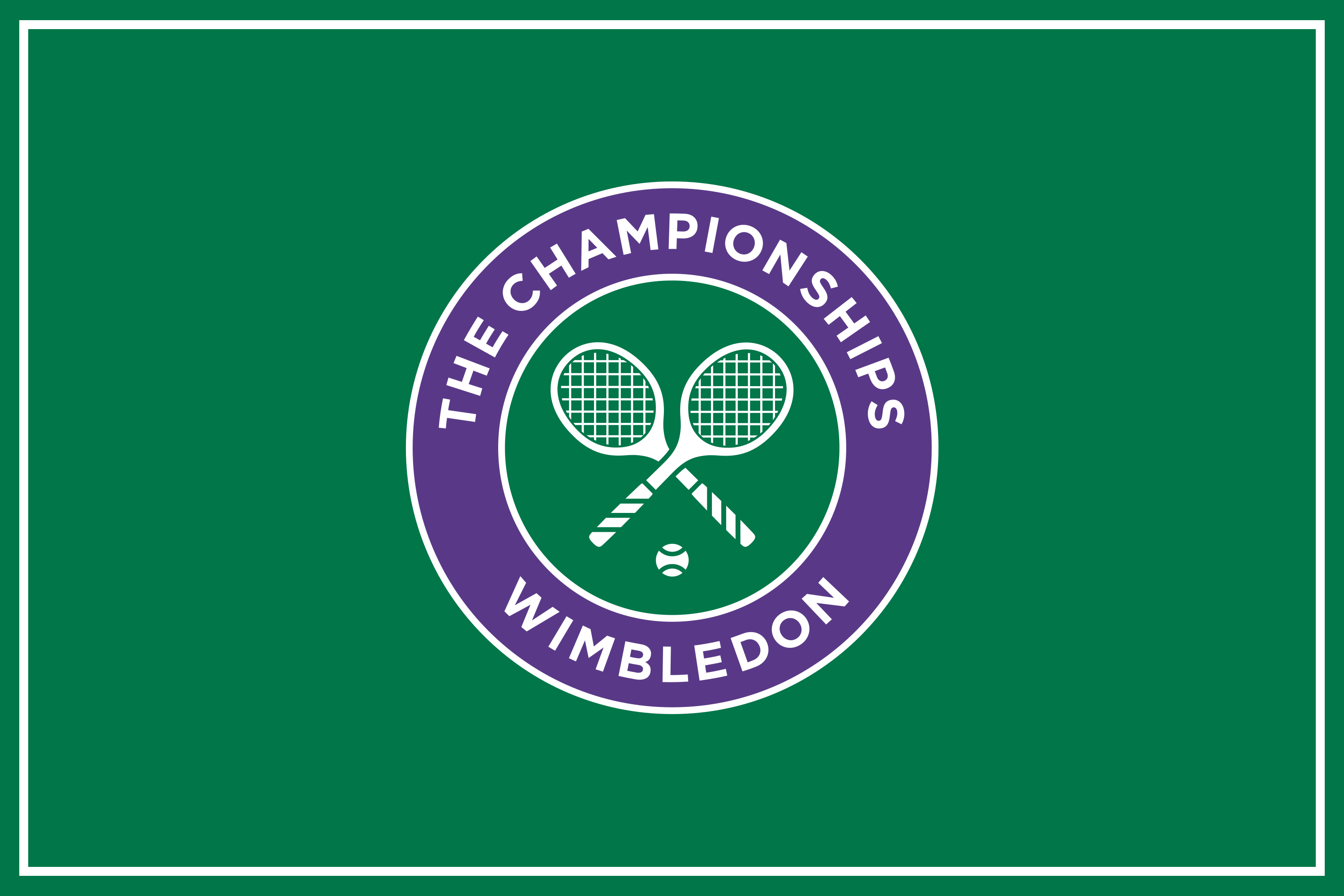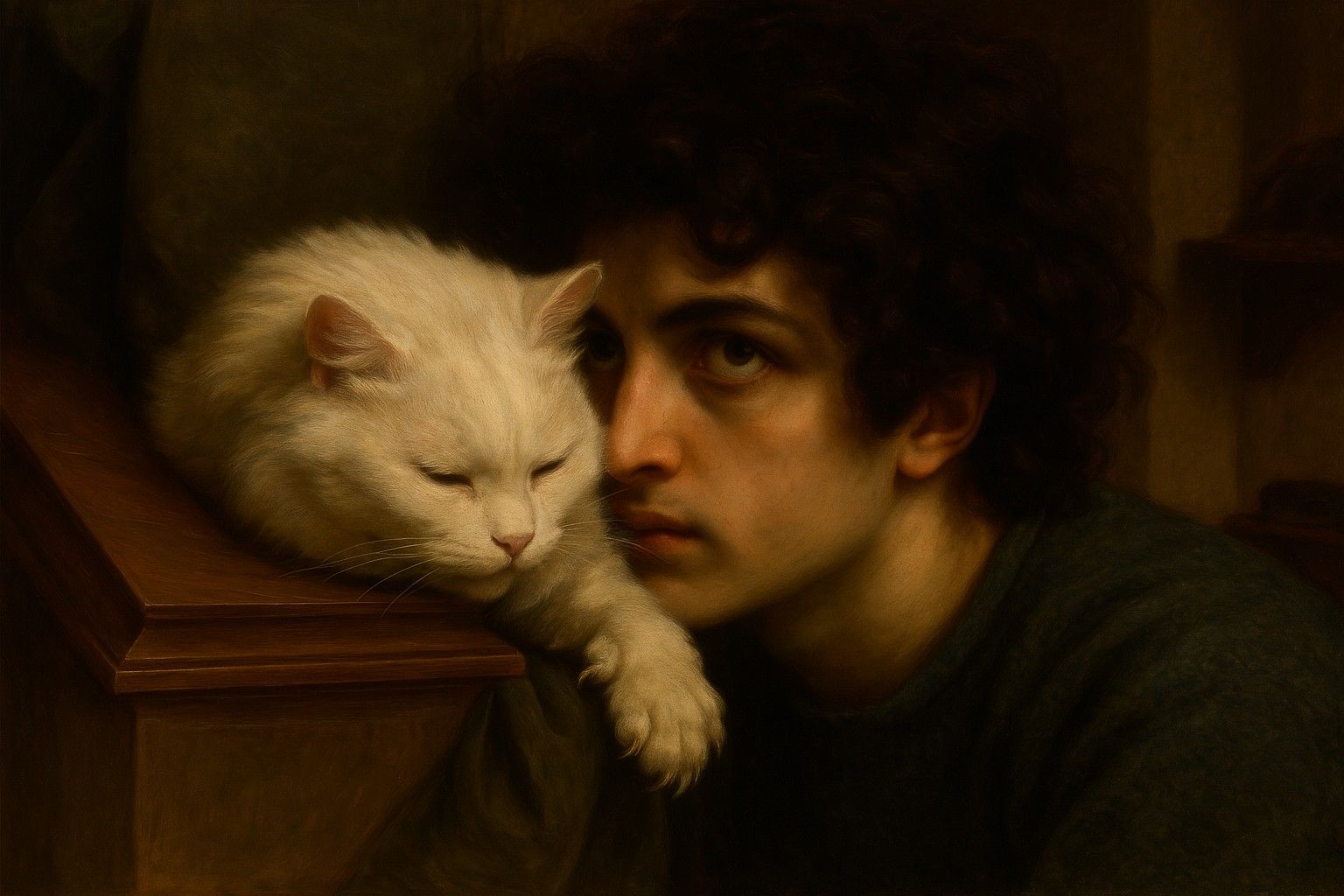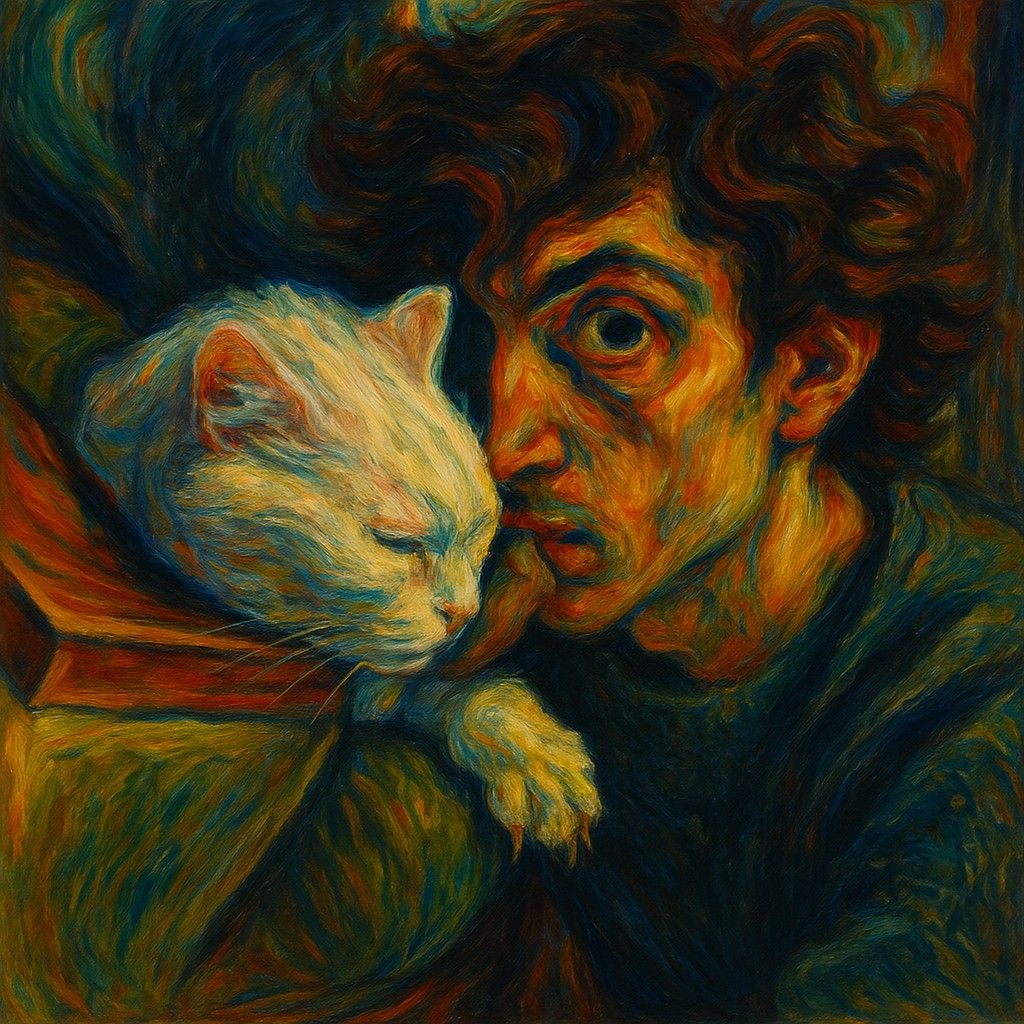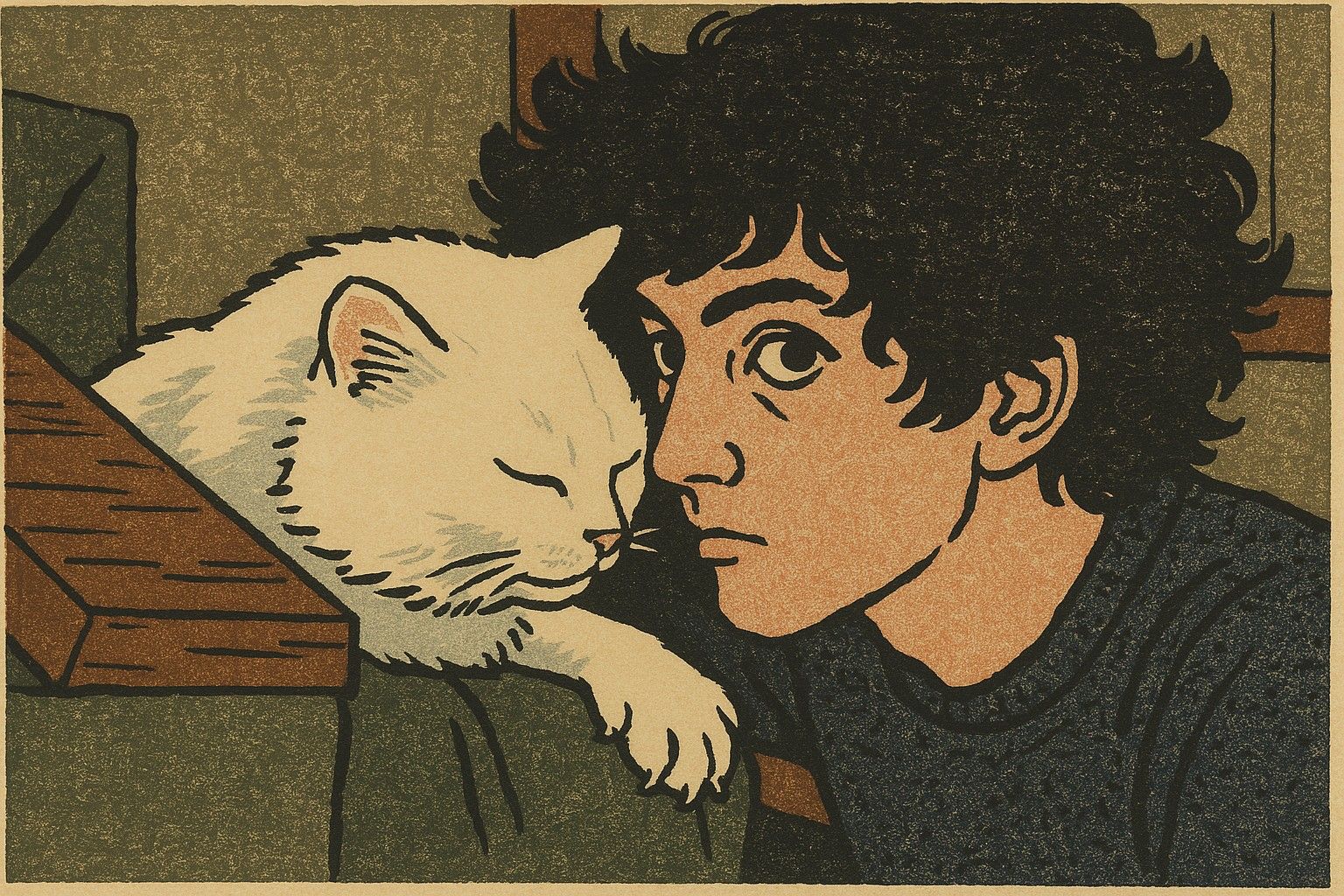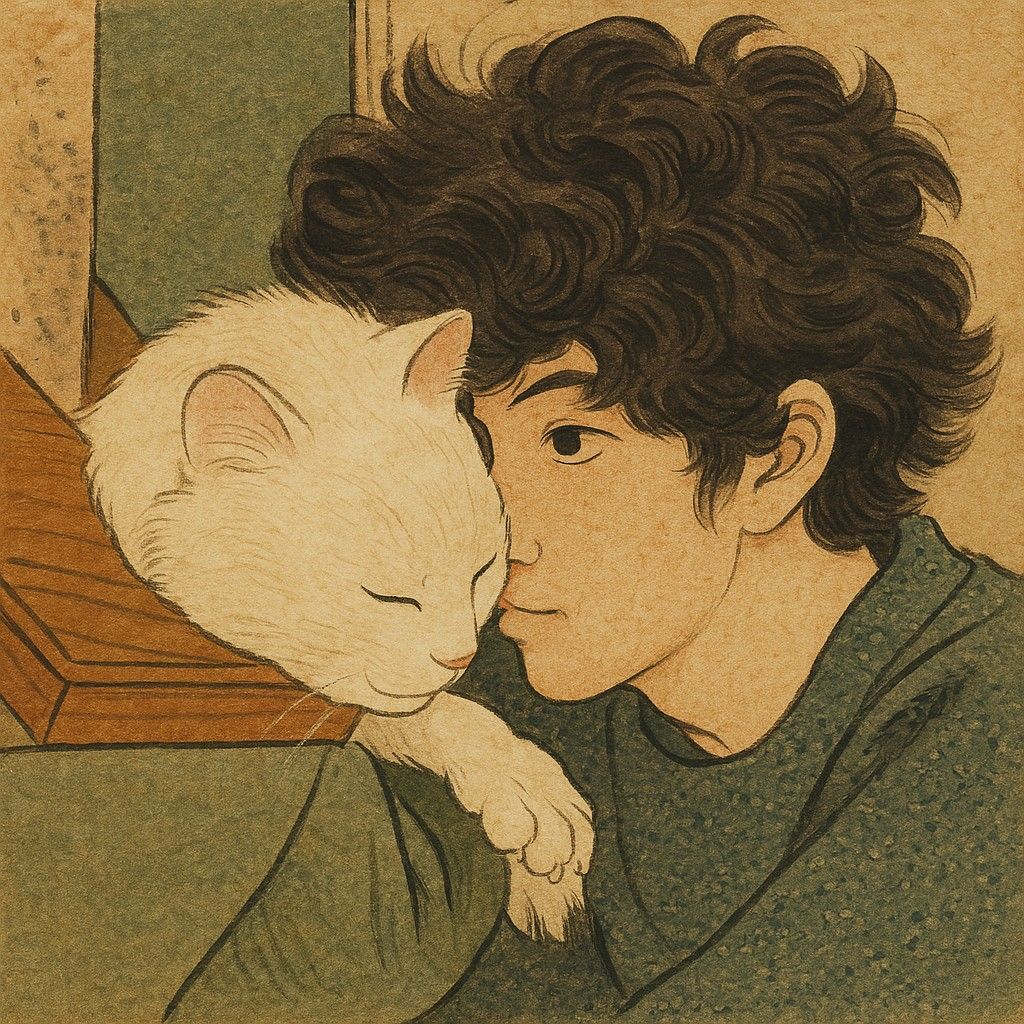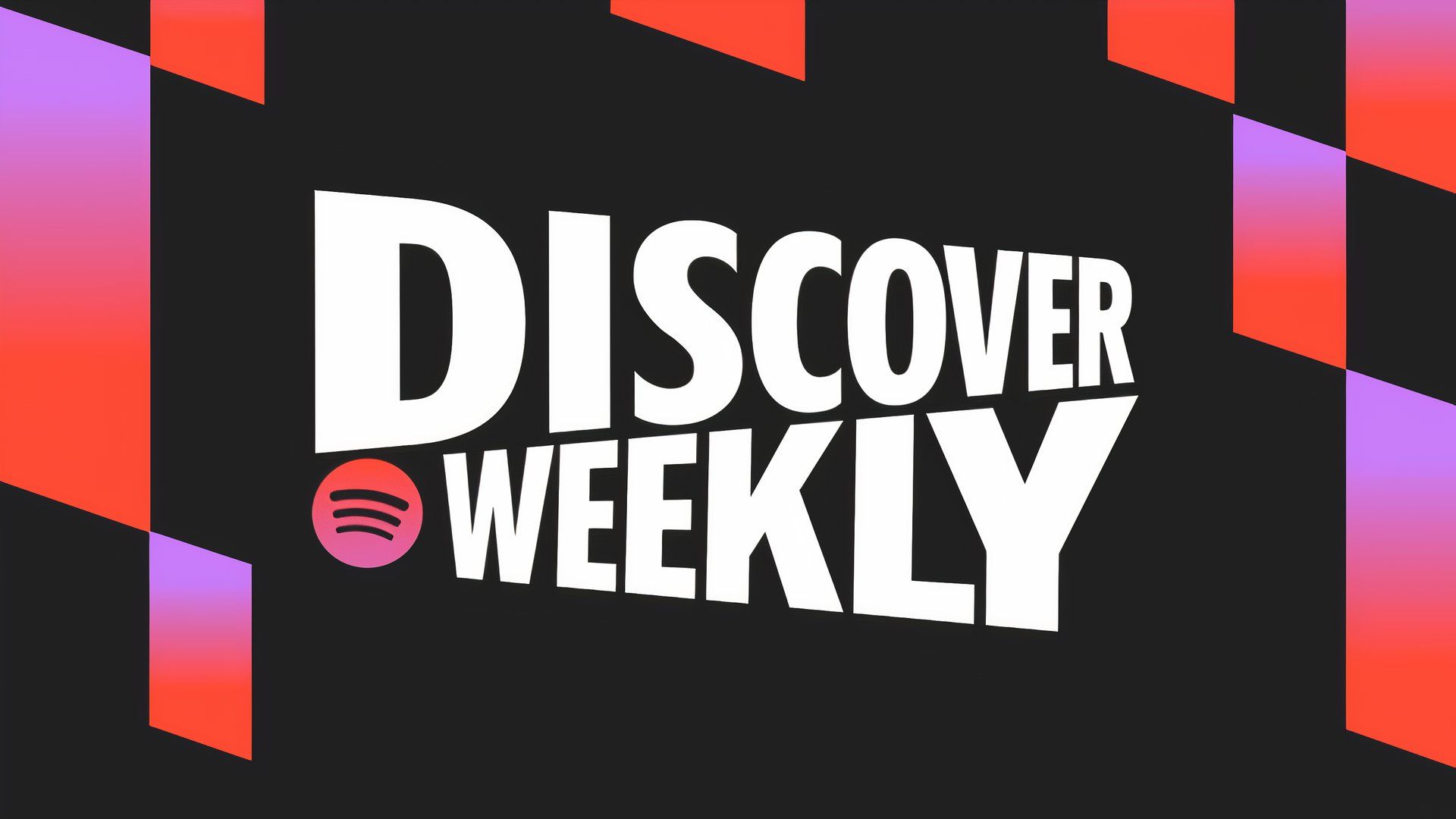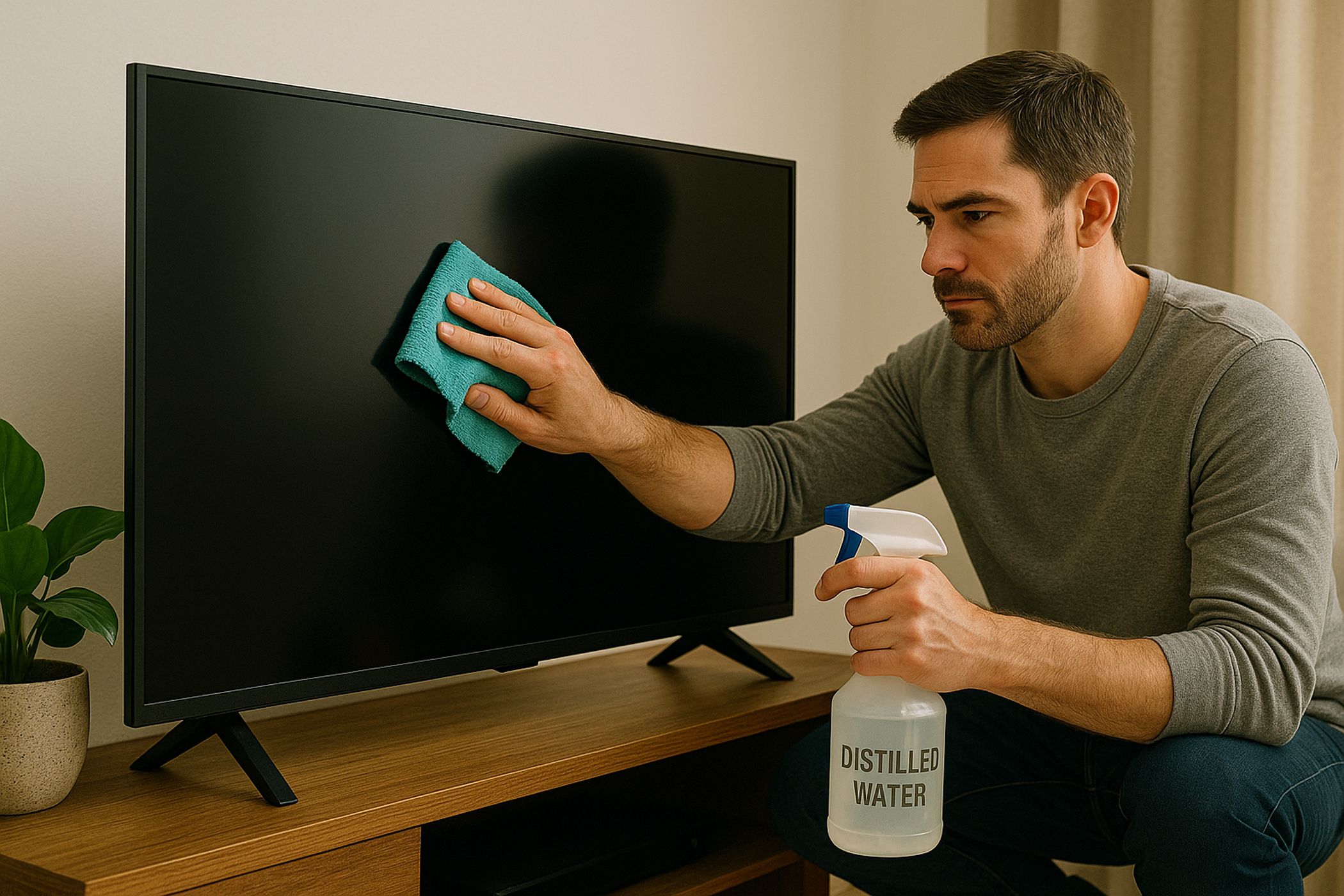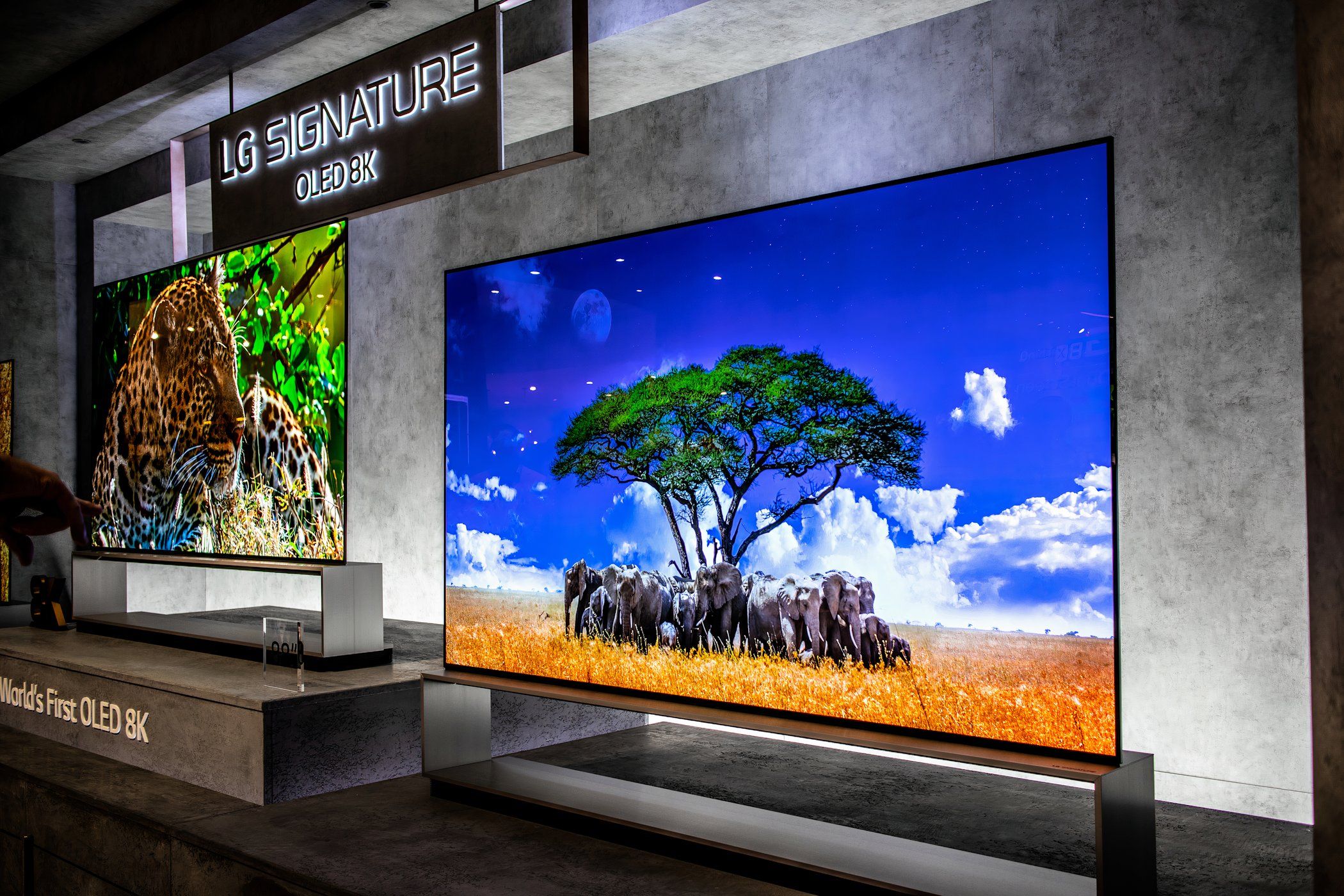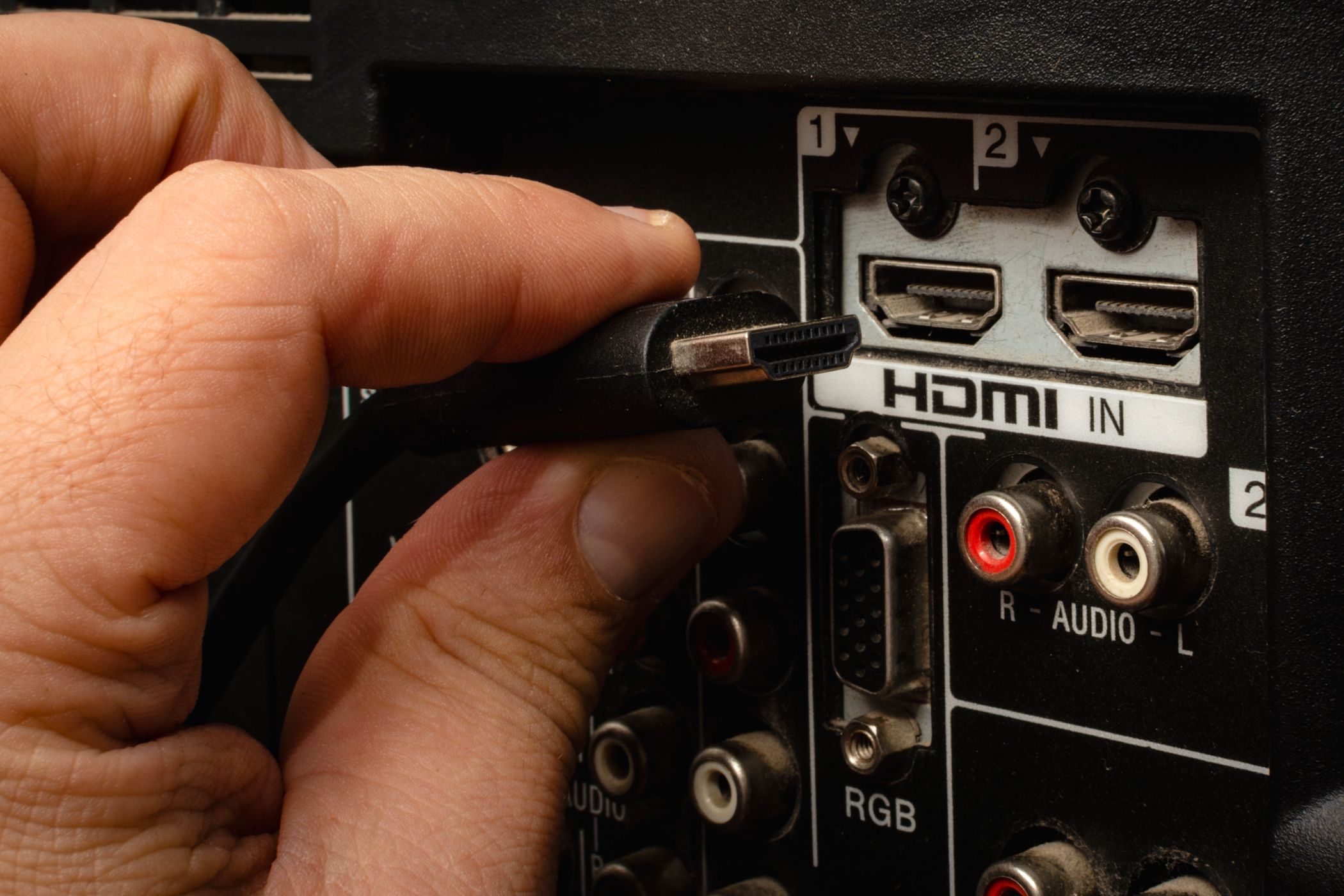For a while, everyone was turning their selfies into soft-lit, big-eyed anime protagonists—until the novelty wore off and the internet collectively moved on. Don’t get me wrong, the Ghibli look is beautiful, but it’s also everywhere now. If you’ve had your fill, give these prompts a try.
7
South Park
You know it, you love it (or maybe you don’t): South Park’s signature look is crude by design. Characters are 2D paper dolls with jittery animation and zero respect for anatomical accuracy. The show’s visual simplicity is the whole point: it’s satire in construction paper.
ChatGPT has been stricter with recreating photos in other intelluctual property’s styles due to the backlash it got from the Ghibli AI image fever. A prompt like this with the keyword “resembling” helps bend those restrictions.
“Recreate this in a style resembling South Park.”
I’ll be using a photo of me and my cat (Noah) for all these prompts to provide a comparison reference.
I get that the provided photo isn’t suitable for a South Park recreation, as most characters in South Park are usually facing forward. To keep it fair, I asked ChatGPT to try the photo on my MUO author page. Since the previous result looked a bit more like a generic cartoon than South Park, I gave it some guidance with a new prompt:
“Recreate this in a style resembling South Park. Keep the characters flat, exaggerated, and blocky.”
ChatGPT nails the brief: blank stare, overly round eyes, and choppy hair. It could easily pass for one of those characters who shows up to deliver a single line and gets blown up two seconds later.
6
Mannerism
Mannerism emerged right after the High Renaissance, when artists decided “what if we just… made everyone longer and sleep deprived?” The result was twisted poses, elongated limbs, dramatic lighting, and a general sense of emotional tension. It’s elegant and unsettling at the same time.
The prompt I used was short and to the point:
“Recreate this photo as a Mannerist painting.”
I look like I’m contemplating the meaning of mortality while gently kissing my cat—who, by the way, looks appropriately stoic. If you’re trying to turn your photos into AI-generated art, this is one of the more faithful style translations I’ve seen. I tried this with another photo and liked the result there too (despite the weird feet):
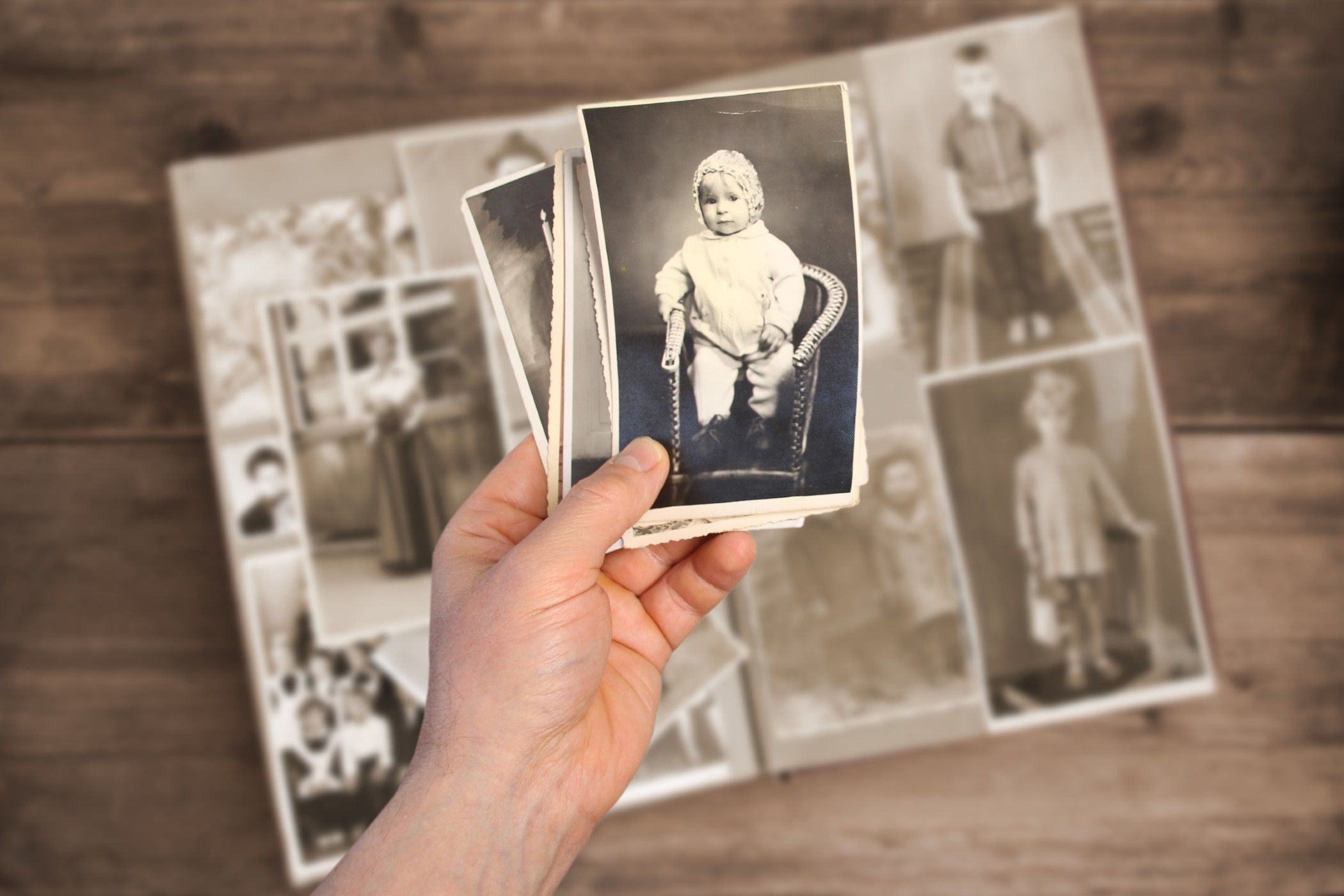
Related
I Used AI to Restore Old Family Photos—the Results Were Mixed
AI still isn’t where it should be.
5
Romantism
Romanticism wasn’t just about romance—it was about drama and a general sense of “the world is vast and I am but a soul in torment.” Alexandre Cabanel’s The Fallen Angel is peak Romanticism: lush, dramatic, and emotionally wrecked in the most beautiful way. I added some guidance to the prompt and asked the AI to expand the image, since a square ratio isn’t very fitting.
“Recreate this photo in the style of Alexandre Cabanel’s The Fallen Angel. Expand it as you see fit. The image should be landscape.”
My expression oozes poetic suffering, while Noah has mysteriously unsheathed his claws. Whether that was an artistic choice by ChatGPT or a digital accident, it works. Romanticism is all about contrast and conflict.
4
Expressionism
Expressionism doesn’t care what the world looks like—it cares how it feels. Artists like Egon Schiele and Edvard Munch distorted form, color, and perspective to blast raw emotion onto the canvas. It’s feverish, psychological, and often deeply uncomfortable. In the best way.
To guide the AI, I leaned into one of the greats:
“Recreate this in Edvard Munch’s Expressionism style.”
I look like I’m waiting for an emergency broadcast, while simultaneously trying to convince my cat that everything’s totally fine (It’s not). It’s emotionally intense, which is exactly what Expressionism aims for.
3
Shin-hanga
Shin-hanga (“new prints”) was a 20th-century revival of Japanese woodblock printing, blending traditional ukiyo-e techniques with Western realism. Artists like Ohara Koson brought atmosphere, light, and emotion into calm, contemplative scenes where everything feels gently cinematic.
Once again, I added an artist reference to guide ChatGPT’s brush:
“Recreate this photo in Ohara Koson’s Shin-hanga style.”
The brushwork mimics the delicate linework of a woodblock, while the color grading stays warm and earthy. It’s serene without being static—exactly what you’d want from a Shin-hanga revival.
2
Sosaku-hanga
Sosaku-hanga (“creative prints”) broke from tradition in early 20th-century Japan. Unlike Shin-hanga, which was collaborative, Sosaku-hanga artists did everything themselves: carving, printing, and designing. The results were bold and personal. Sosaku-hanga is less about perfect beauty and more about self-expression through texture, asymmetry, and strong shapes.
“Recreate this photo in the Japanese Sosaku-hanga style.”
There’s no soft cinematic lighting here—just thick outlines, rough textures, and strong shapes that feel carved, not drawn. It felt handmade, even though it was AI-generated.
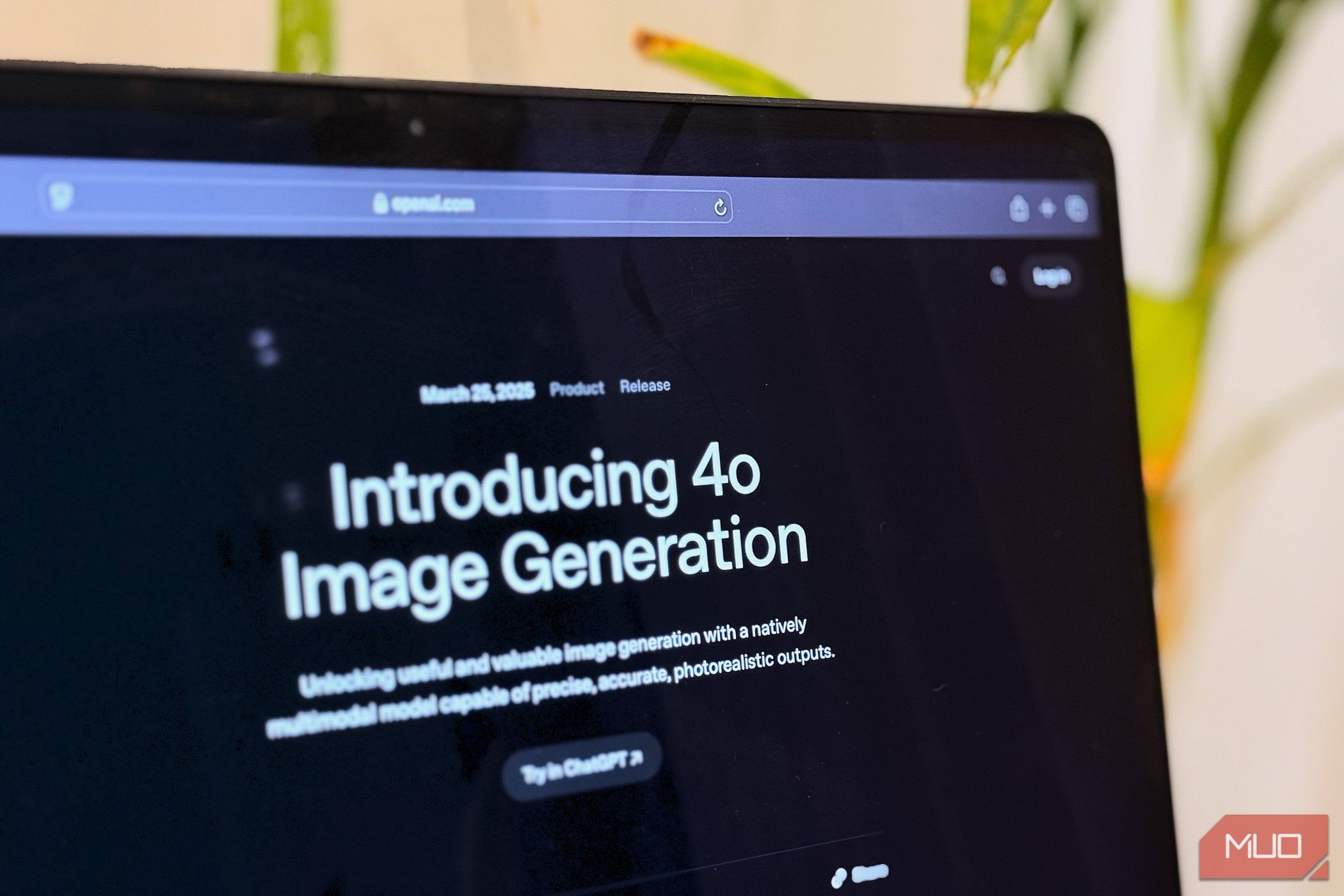
Related
See for Yourself: ChatGPT’s New Image Generation Is Insanely Good
You won’t believe these came from a chatbot.
1
Yamato-e
Yamato-e is classical Japanese painting from the Heian period, often seen on scrolls and screens. It’s all about elegance, soft lines, and capturing fleeting moments—like court life, seasons, and nature. People are often small, stylized, and integrated into dreamy landscapes.
“Recreate this photo in the style of Yamato-e Japanese paintings.”
This one is my favorite. It feels meditative. I look like I’m quietly grateful for Noah’s presence, and Noah looks like he’s just composed a perfect haiku and is very pleased with himself. It’s minimalist, peaceful, and surprisingly flattering. A whole mood.
As a bonus, I asked ChatGPT to do the same with a black and white photo of me and my friend. I asked the AI to colorize the photo too, which it did pretty well.
We’ve moved past the Ghibli trend (for now), but the possibilities are just getting started. Want to look like a medieval painting? A film noir poster? A forgotten comic panel? You can. You just need the right words—and maybe a cat.
